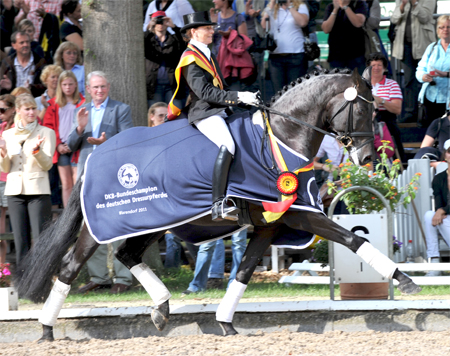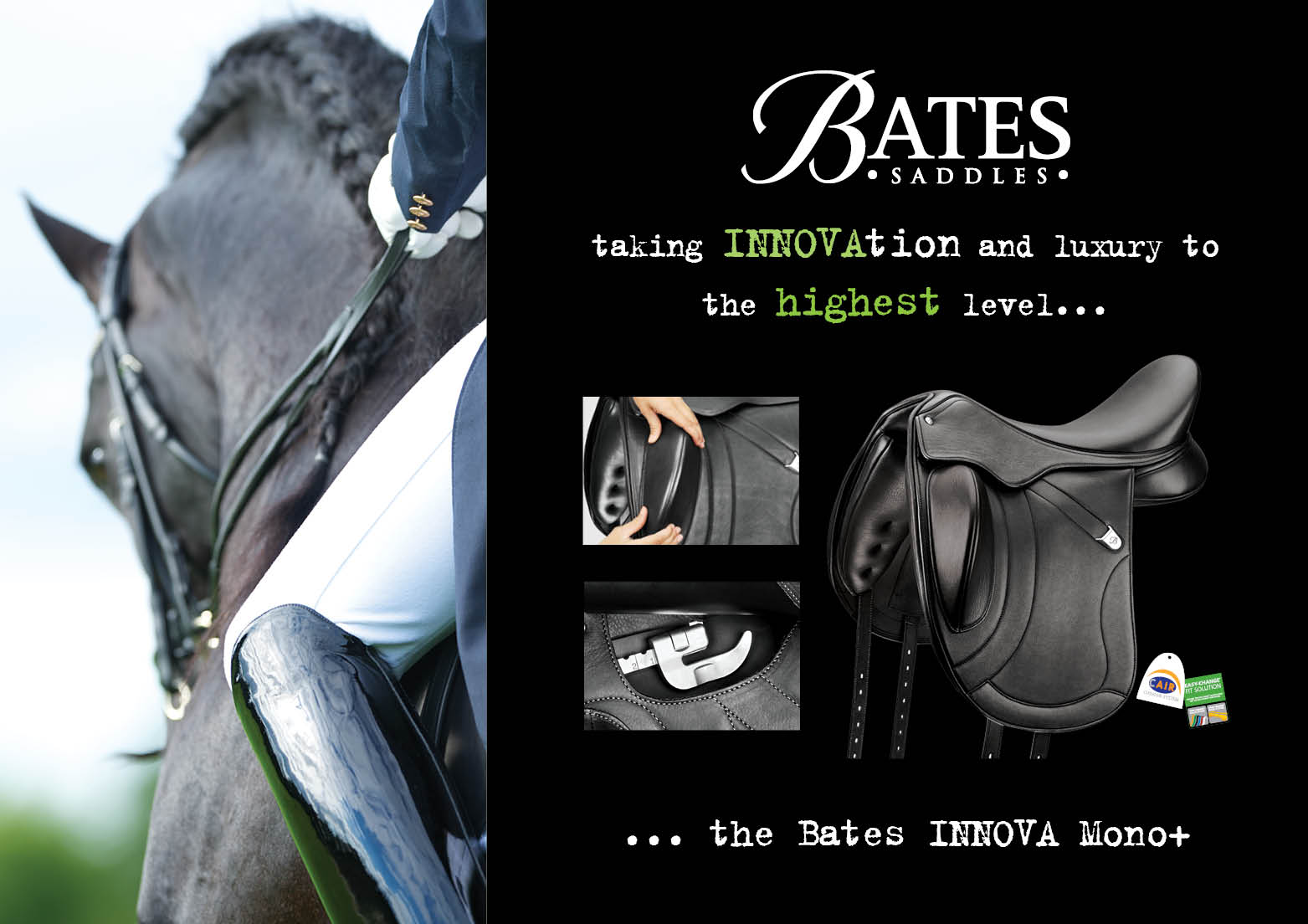The Seminar to end all Seminars – We last looked at the Basics with younger Dressage Horses. We move on to the Five and Six Year Olds, with some very special riders, horses, and trainers, in Warendorf…
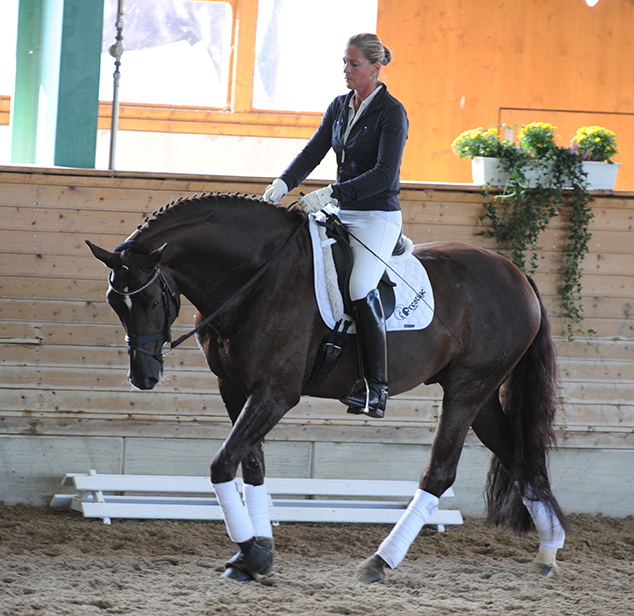
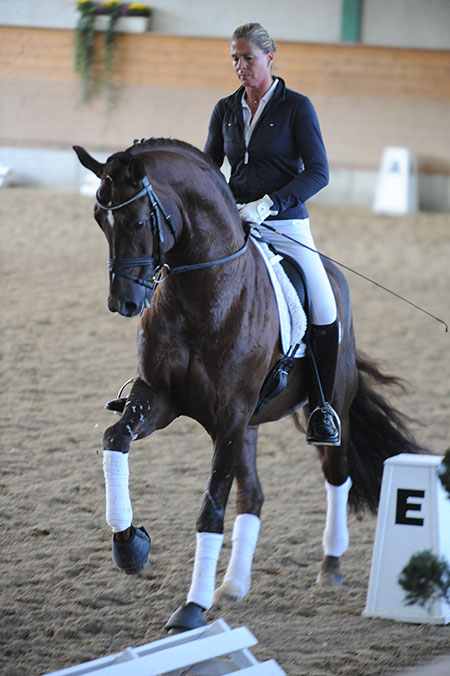 Kathrin and Rassolino
Kathrin and Rassolino
The next rider is one of my favorites – Kathrin Meyer zu Strohen is so elegantly tactful, and I loved her horse, Rassolini (Rubioso / Silvano) when he was 4th in the six year old dressage class at the weekend. It’s Kathrin’s husband, Hans-Heinrich on the mike:
“What’s happened you are asking? This horse is muscled like a seven year old – but the truth is that some stallions get their muscle earlier. There is good natural activity in the canter, it could be a little more up in front, but I say, wait, wait a year – when you have time, you have a chance of success.”
Here’s Rassolino and Ann-Kathrin in the final of the six year olds
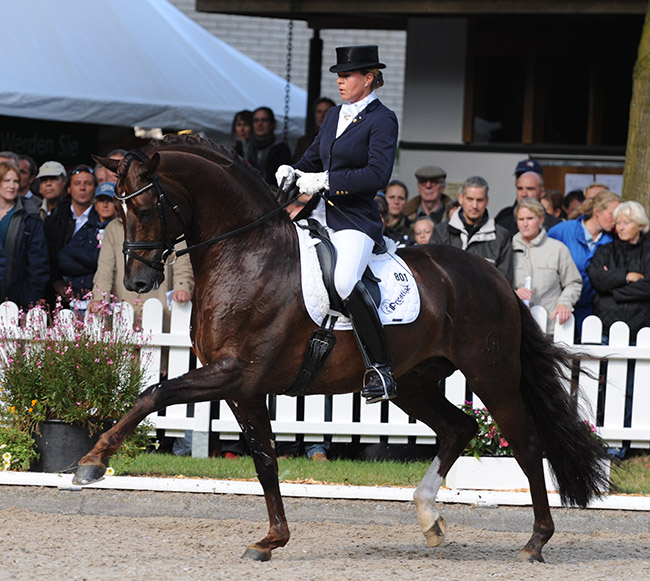
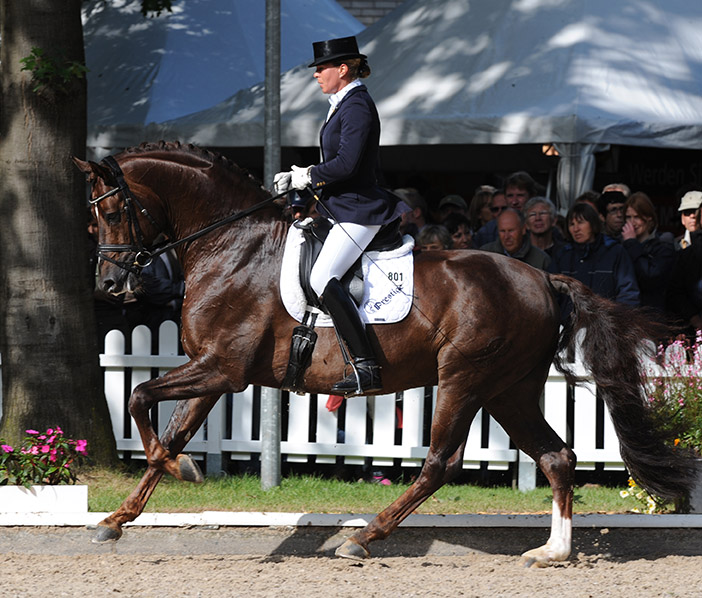
“We train so we get absolutely clear rhythm. When you see the walk you say ‘oh my god what a big walk’ now it is a ten but later when you get the horse together, come the problems. But if you wait, if you get activity and contact, then you find you can shorten the walk and the takt is absolutely clear – see even when he does a 360 pirouette, when he walks out, he is absolutely clear.”
“In the canter there, he was a bit lazy in the flying change, so we ask a bit more forward – it doesn’t matter about straightness at first – more important is the rhythm. Sometimes we find one side is good, one side is shit. Then we train the shit side, but we don’t train the flying change – we train the rhythm, the bend, the looseness… and then we try the flying change.”
“It’s the same in the shoulder in and the half pass – keep the rhythm. When the rhythm is clear, the movement is okay. All the time, the rhythm must be clear…”
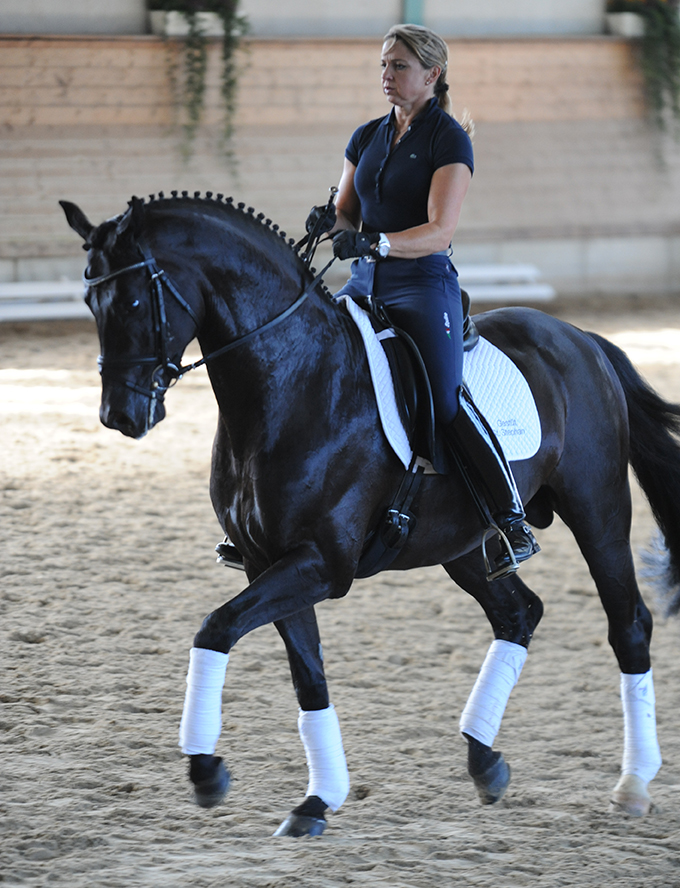
Dorothee and the stallion, Florinero
Once again, Dorothee Schneider and the six year old Hanoverian stallion, Florinero – by Fürst Heinrich out of a mare by A Jungle Prince. The pair were second at the World Championships in Verden, but at the Bundeschampionate, finished in equal 4th, in a somewhat puzzling judging decision. Later in an interview with Christoph, Dorothee made it quite clear that she thought the stallion should have placed higher in the class than her mare, La Noire, who finished in second place. “Wait until they come out next year in the Burgpokal, then you will see…”
Over to the judge’s point of view. Dietrich Plewa has asked Dorothee to show some shoulder-in, and he tells us, the judge must focus on the quality of the trot: “In shoulder-in the most important thing is the rhythm and the quality of the collected trot – you should mark down errors of rhythm because they show the horse is losing balance. Now you see in this half pass, that the horse is very fluent. The first question in half pass is, is the horse able to keep the quality of the rhythm? You see now, a half pass with great crossing and rhythm.”
read on…
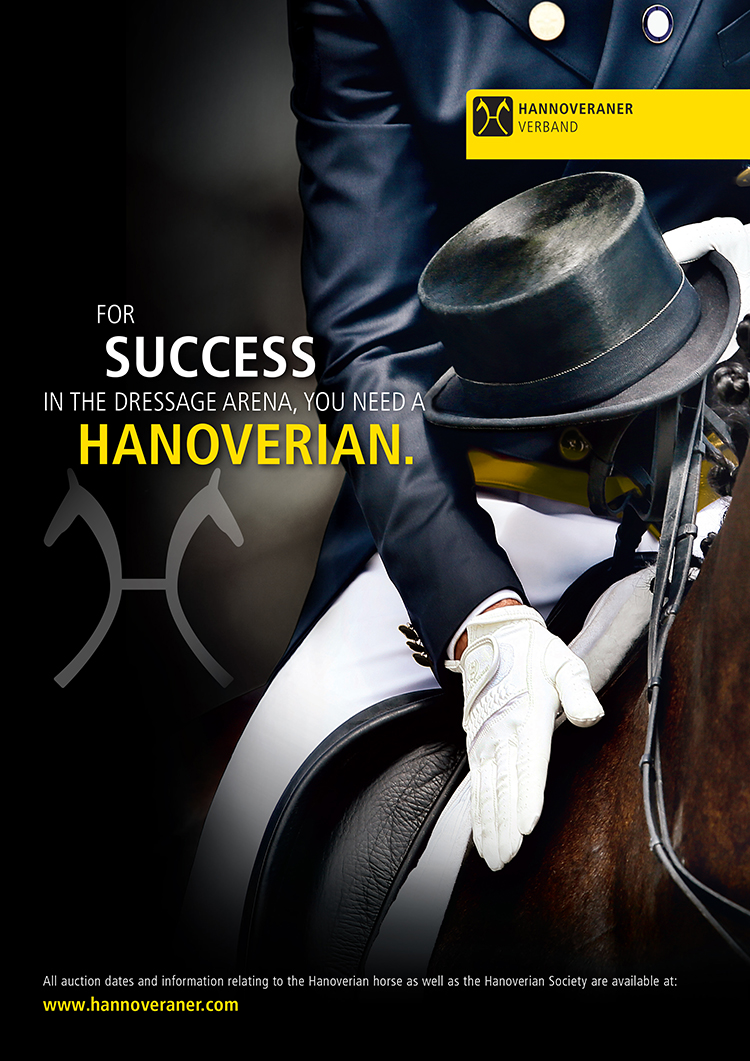
There had earlier been some discussion of the way in which many horses lose the four beat quality of their walk in the walk pirouette and some discussion of where the marks for the loss of rhythm ought be deducted. According to Christoph: “Dorothee is a good rider, and she took the risk, her walk pirouette was very small but she kept the four beat rhythm. If they don’t, they should be punished in the submission mark.”
“In the six year old class, it is not really that the horse stands square, it is more important that the horse is happy to stand… not like some Grand Prix horses…”
Christoph is back on the mike: “You see how difficult the test is for the six year olds. At the weekend, we saw last year’s winner of the 5 year olds, Imperio, last year he did one of the best tests for a five year old that I have seen, but this year, he had to do four flying changes, and that was the problem. There are only 28 horses in the six year olds, I am sure many did not come because they had problems in the shoulder-in, half pass and flying changes.”
Showing the Five Year Old Dressage Horse
Hans-Peter Bauer had a horror ride in the Final of the 5 year old dressage horses, when his mare, Rock’n Rose (Rockwell / Pinocchio) actually fell during the test. Hans-Peter, who is a large lad, kept his cool and his seat, and the mare came off the dirt with him in place, and continued the test. She had, not surprisingly, lost a lot of confidence…

Confidence booster needed for Rock’n Rose. Christoph says’ Light trot, natural trot with a positive tension – that comes from suppleness.”
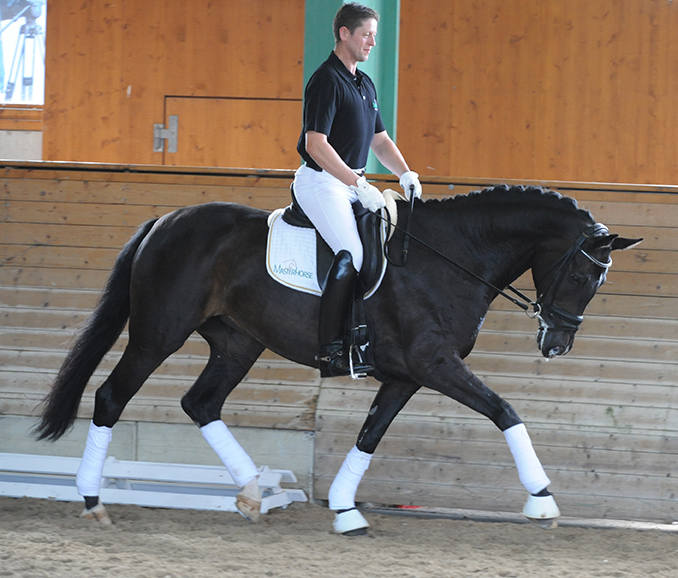
Christoph is sympathetic: “This horse has had a difficult week so today we do a bit of basic training. Maybe she didn’t have a good feeling when she left the ring yesterday, today, we try to get her 100% happy and relaxed.”
After some nice walk, Christoph asks for trot: “Light trot, natural trot with a positive tension – that comes from suppleness. When the horse is supple, then the rider can ask a bit more, the moment of suspension a bit longer, then we have better swinging, better impulsion. See with this rider, he is nice, he gives his horse the chance to look around.”
“This is a natural trot with very positive body language. Yesterday in the test, the horse was against the left leg in the canter. Circle and then a little shoulder in tendency to make her straight. There should be no more than one or two goals in a training session, and after yesterday, the main goal is to make her happy.”
The next horse in the arena was one of the real stars of the Bundeschampionate, Eva Möller’s five year old champion, Blinkpunkt (AMAZING that the organizers of the Seminar could get horses like this to come back after five long days at the Bundeschampionate). Again, husband Ulf is doing the commentary: “Even in the warmup on the long reins, you can see he has a super active hind legs – that comes from nature, it cannot be made. I say to Eva, you must be more strict, and she says, no, we do it our way. This horse is very shy – he’s not bucking or anything, but he takes everything inside but because of the confidence he has with the rider, especially in the ring where he is alone, it isn’t a problem. There is just something between this horse and this rider.”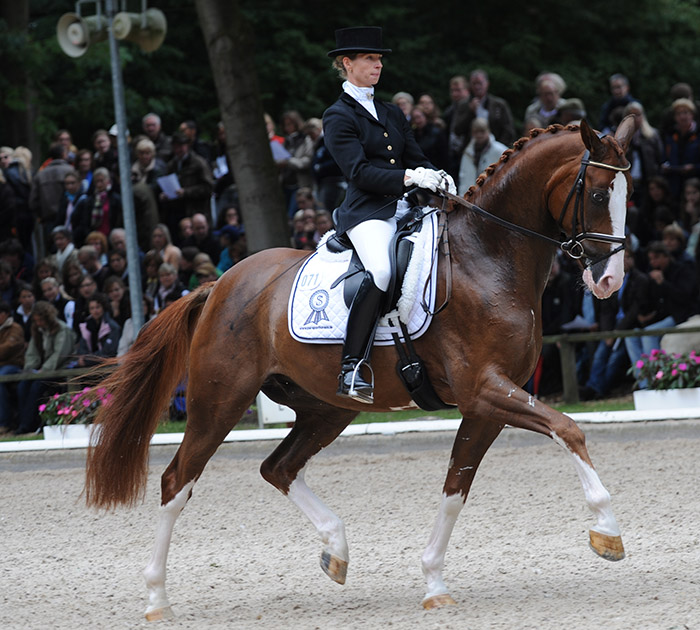
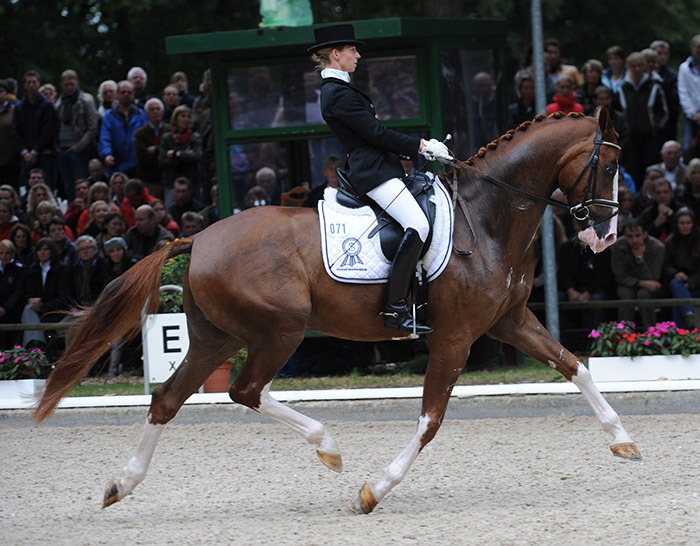
“I bought this horse when he was four, five weeks old, and even then, he trotted like this, it was not hard to decide…”
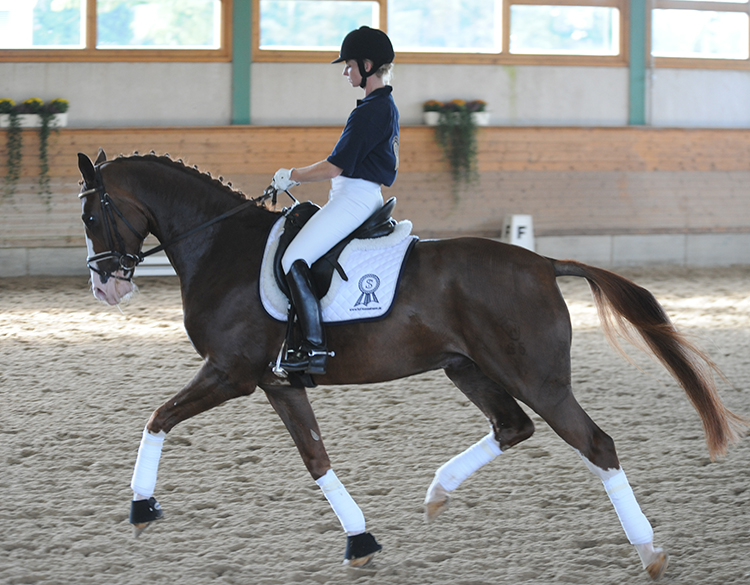
Dietrich Plewa took over the commentary to talk us through the test:
“A very good halt, square. Now look at the activity of the hindlegs, the balance, impulsion, steadiness and the contact in the serpentines. We are looking for natural cadence and this horse has an optimum natural cadence.”
“The horse has a huge medium trot without getting quicker. The mark for the trot? Nine or more – ten? What more do you want? Such a clear rhythm, balance, activity of the hindlegs, it is all of the highest quality that you can imagine.”
“The walk is clear, four beat, over-tracking three footprints, coming from the shoulder in a relaxed lengthening with the neck following the bit. It is not a huge walk but a walk you can use for higher competitions… now we can discuss the mark, but between 8 and 9.5.”
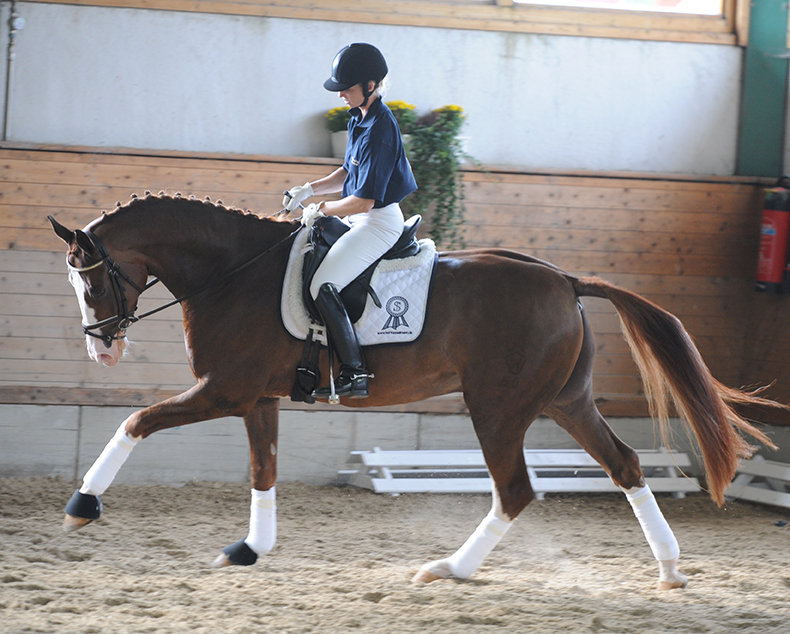
“Very active canter. Not too lazy, not too slow, and showing the ability to collect. When he collects, the nose is always in front of the vertical, the poll the highest point, and really straight with a light, steady contact – straight in the counter canter with no loss of balance, and now with the reins longer, there is no loss of natural cadence. I must say, I am deeply impressed. The canter, a mark between 9 and 9.5. Submission, the same, 9.5. General impression – 9.5.”
“I’ve been riding him for three years,” Eva says. “The most important thing is that the horse feels good, sharp in the mind. It is the rider’s task to support the horse and let him feel strong.”
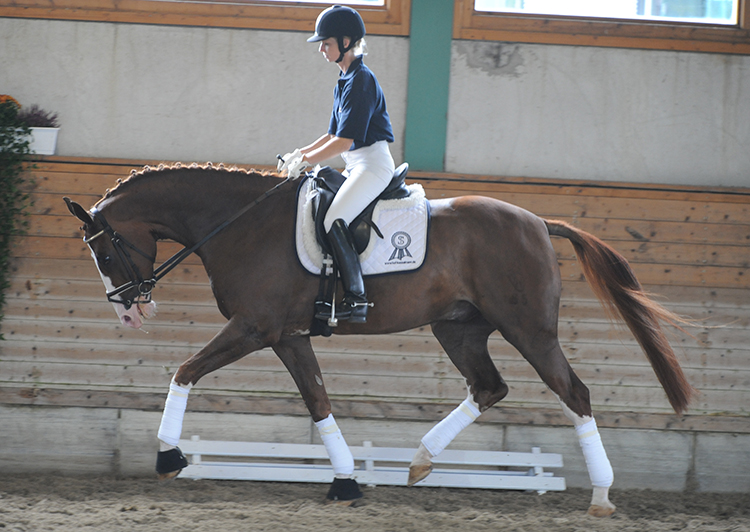
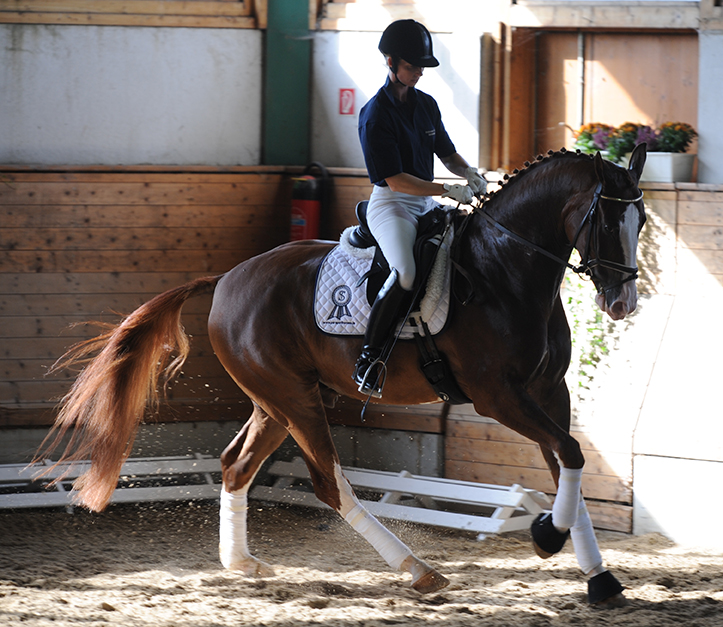
The canter, a mark between 9 and 9.5. Submission, the same, 9.5. General impression – 9.5.”
Want to breed movement? See the range of top stallions available from International Horse Breeders: www.ihb.com.au Stallions like Fürstenball
